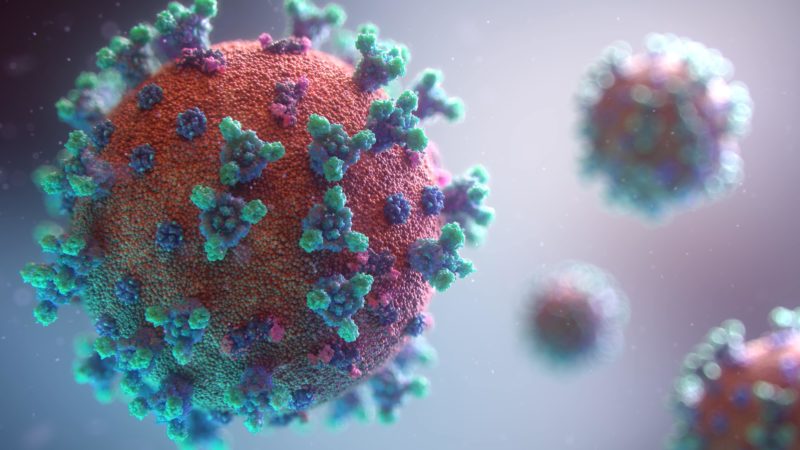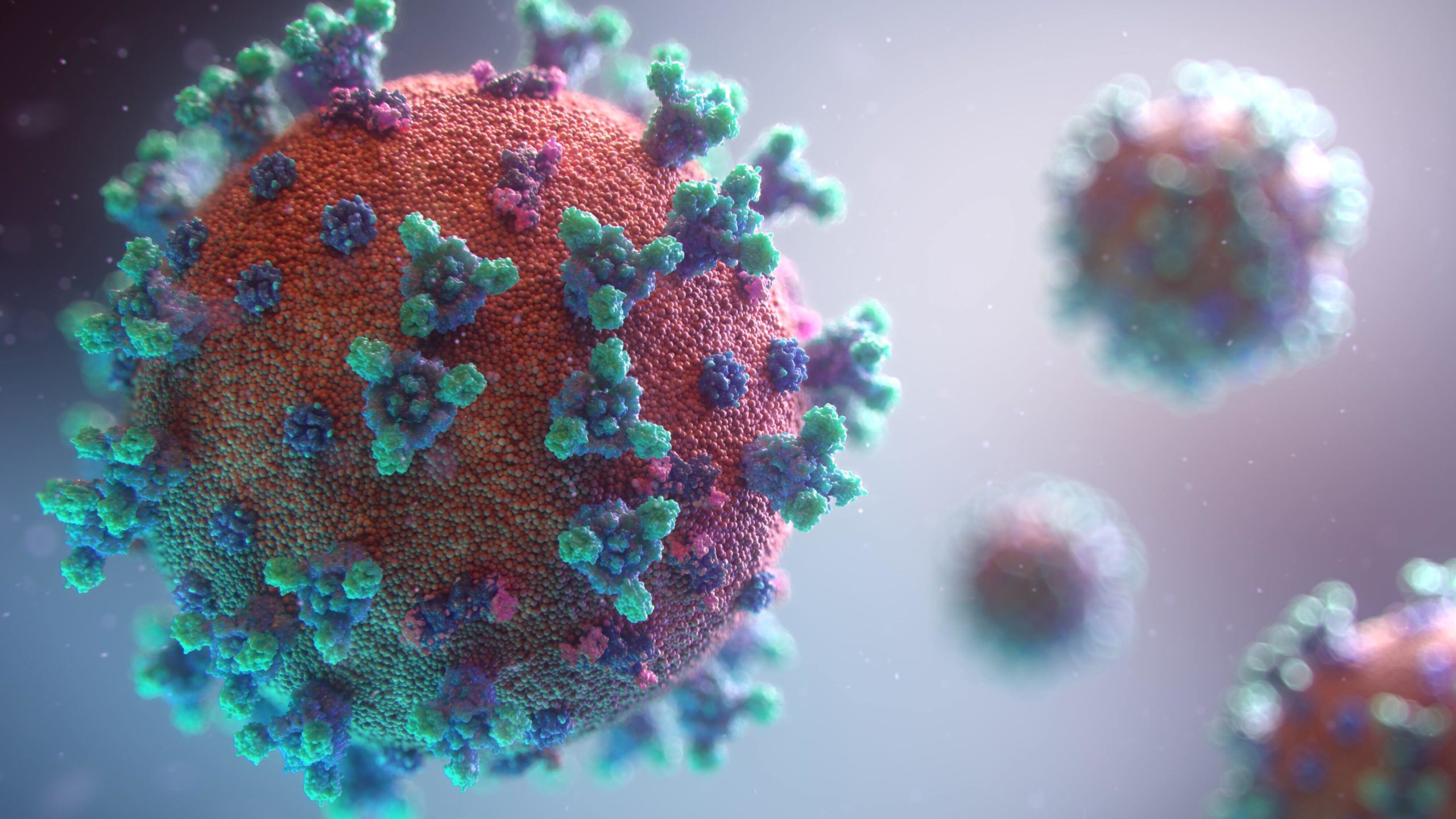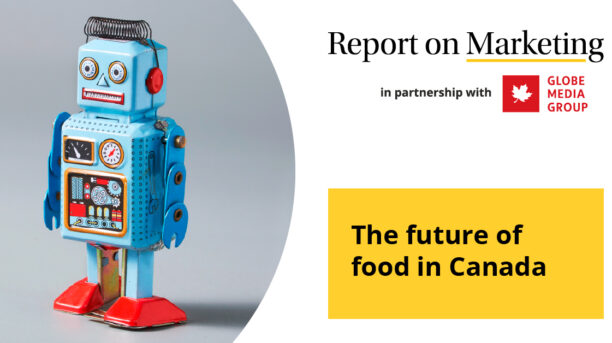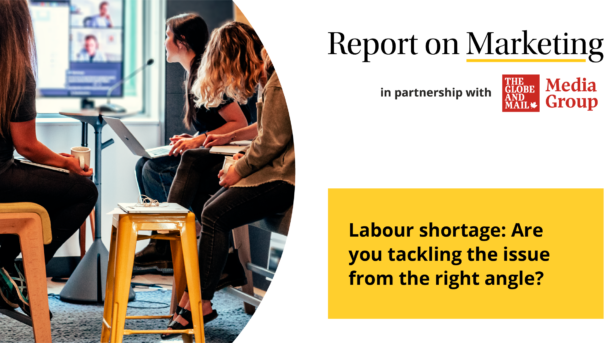
By Sean Diamond, Co-Founder and Vice President, Diamond Marketing Group
The bottom line for brands living through the current crisis is that no one knows how long this virus will last, and what will contain it. But we need to get an idea of what life will look like over the next 12 to 24 months.
We can learn lessons from China, which is approximately two months ahead of the curve in terms of recovery from the first wave of infection, to achieve this. It’s a country that’s emerging from lockdown, during which most businesses scrambled and cut advertising spending, but others didn’t and won big.
During that lockdown period in China, successful brands tended to focus on three key themes in their messaging – education, community and support. They also made bolder use of channels such as live streaming, influencers, and e-commerce – from global giant Estée Lauder, which hosted a regular Valentine’s Day digital pop-up and delivered higher year on year revenue despite Covid-19, to restaurant chain Meizhou Donpo, which had 110 chefs streaming different takes on menu items, and sold the raw ingredients through retail delivery.
New behaviours started to form in China, especially in terms of greater use of e-commerce to purchase daily food supplies, and in the amount of time spent streaming video and gaming. The most interesting thing though, is that as China continues through its first stage recovery cycle, is that alot of these behaviours that people picked up in qurentine have stuck – and changed even further.
I believe that, because the majority of people’s actions we saw under quarantine in China are also happening in Canada, we will also witness similarities in what happens during recovery. Anticipating this will provide opportunities for brands to be intentional and proactive for the post COVID-19 reality, based on the way we expect people to behave in this period of “the new normal”.
During the quarantine period in Canada we’ve already seen consumption shift with some industries “winning” and others “losing” customers. Among the “winners” are the grocery brands and the CPGs. These have seen huge increases in consumption, as people stopped eating out, and lived in isolation. These winners now have an opportunity to not only protect what they’ve got but, if what we’re seeing in China holds true, actually grow the market share that many were losing to smaller, upstart, brands before this outbreak happened.
Just look at Walmart. It leaned heavily into community by changing its governing ethos to move away from three core pillars of consumers, employees and shareholders. It turned around and said, “we’re only focused on one thing, community.” This was used in all marketing communications, and proved to be extremely effective.
The “losing categories” haven’t done anything wrong, it’s just that due to the nature of quarantine people stopped interacting with their products. They now need to redefine their relationship with the consumer based on new insights as consumer’s feelings towards them after living many months their products and services. These brands and industries have an amazing opportunity to reevaluate and modernize how they attract, retain and generally interact with new customers.
It’s also important to note that the Government of Ontario recently announced we’d reached the peak, or were at least close to the peak, of the first wave of infections. We need to put the stress on that “first wave” because, when we come to a re-opening of the economy, and a new normal, it won’t mean going back to lives led previously. That’s why the big opportunities for brands lie in tapping into new consumer feelings and sentiments that drive behaviour.
1. People will be more willing to share how they are feeling online
Consumers in North America are looking for brands to help create a sense of normalcy and to facilitate an escape, according to research from Gartner. Invest in social media listening and agile pods now. Make sure you don’t just have a good system to capture data, but one that can analyze and quickly turn it into actionable insights, and an agile pod to create effective communications quickly.
2. People will go online more to consume, watch, play and shop for staples
Build immediate brand campaigns that focus on education, community or support empowered by social listening. Invest in emerging online channels: mobile gaming; influencer; medium form video; channel-specific online media (Instacart, Instabuggy, Grocery Gateway); and link them directly to e-commerce. It’s still early but Buca restaurants has done a phenomenal job using new channels – similar to Meizhou Donpo in China – putting its chefs on its own Instagram channels, and creating meal kits around menu items for people to cook along at home.
3. People will go offline to engage – supporting restaurants, shops and people within their local community
Determine the communities where you are present now and build a four-week, and then a four-month, plan on how you can use your strength and stature to lean into the local community as it comes together as part of the new normal.
4. There will be an extreme awareness and appreciation for health, wellness and safety
Define early what health, wellness and safety mean to you. Focus on all consumer touchpoints — media, packaging and retail — to communicate this message and help people get comfortable consuming again.
5. There may be a greater acceptance/appreciation of data and AI
Watch our government’s response to COVID-19 closely. If we start to follow Israel, Singapore or the UK’s lead in creating apps based on big data sets to help fight the virus, think about the implications for data and personalization plans. Should the government start to use robotics and AI to lessen human interaction, see which learnings can be generated and follow suit.
These points and insights should help to drive your strategy and put yourself in a position to win once the recovery starts. In these times of crisis contraction of advertising spend is a natural reaction, and it’s not a necessarily incorrect one. But if you aren’t investing smartly, and in a place to take advantage of emerging channels and opportunities, you’re going to be left behind.
Diamond Marketing Group is a member of the Institute of Communication Agencies. Report on Marketing is where leading Canadian agencies showcase their insights, cutting-edge research and client successes. The Report on Marketing provides a valuable source of thought leadership for Canadian marketers to draw inspiration from. Find more articles like this at the Report on Marketing.
See all Ideas & Insights



